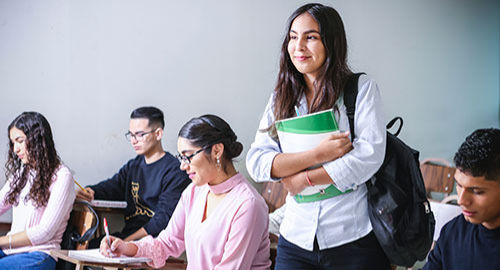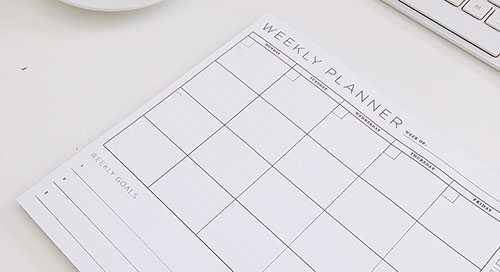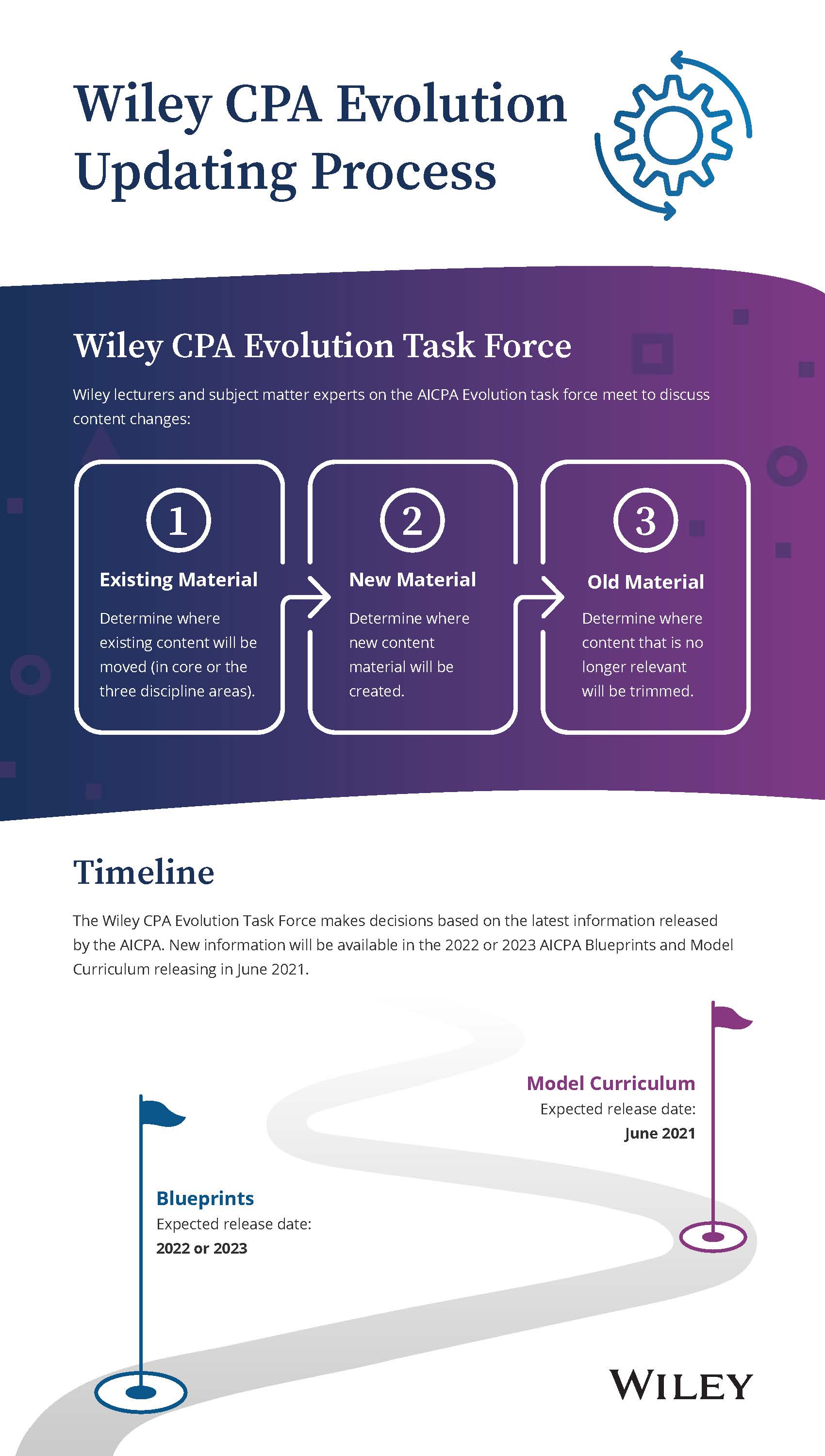4-tips-for-a-positive-semester
January 07, 2021
How did you begin the fall semester? Remote? In-person? Hybrid? Perhaps it was a mixture of all three at your educational institution. And, depending on local conditions, the landscape may have shifted from week to week. As a teacher, it’s hard not to feel unsettled. Abrupt changes in routines and new responsibilities for educators add another layer of uncertainty.
It’s easy to fall into a downward spiral with so many unknowns on the horizon. Is it possible to stay on the positive path during such a challenging time? A realistic mental approach increases forward momentum for anyone, especially an educator.
The following are four tips I’ve used to keep progressing and staying positive in the classroom during this academic year.
1. Connections Are More Important Than Ever
Pre-pandemic, I took for granted how easy it was to connect with students in the physical classroom. As scholastic protocols have changed, it’s harder for teachers to gauge their impact on students during day-to-day operations.
Connect with one or two students a day during class. It may feel foreign with online and in-person students meshed but tap into human nature. Provide them with a voice during lecture, demonstrations, and work sessions. Utilize student work as an example for praise during class time. Within a few weeks, you will reach a good portion of students and set the stage for future class feedback. Find out what is working for them as we transition to the “new normal,” and build trust.
Simple pleasantries like hello, thank you, and goodbye create a sense of normalcy. Even if you teach strictly online, let your students understand that you a living, breathing, human being. Greet them as they enter your Zoom, Google Hangout, or other online meeting tool. It’s the right thing to do. Build culture in the classroom, even if it’s currently virtual.
2. Avoid the Comparison Trap
Delivery of instruction has changed drastically this academic year, and it’s easy to fall prey to the comparison trap. Avoid it at all costs. Each year is unique and brings its own set of constraints to the classroom. Currently, these circumstances have been amplified. Be honest about limitations.
Be practical. Student participation will look different. Lecture less. A 75-minute block of time may be best used with chunks of learning. For example, pose a question to open a lesson, then provide time for students to write and reflect. Call on a few students to share out their findings. Next, transition to a brief concept-related video clip, then begin a mini-lecture. Gauge student understanding by providing a short activity to engage your students. As they work, check the clock, and begin setting up the next mini lecture. Get the idea? Use structure but view class time with a different lens this year.
Expect challenges with technology, and therefore exploit the power of routine. If you are administering items electronically, be methodical about where they are located online. Demonstrate the steps students need to follow to access items in detail. This is not wasted class time. Eliminate guesswork.
Be intentional with the day of the week you assign class assessments such as quizzes and tests. As a result, your students will plan accordingly to manage their workload. Be predictable and assign homework activities during the same time each week. Similarly, standardize due dates and times for your students. If a student has a wi-fi or device issue during class, they know what to expect from you.
3. Allow Your Teaching to Evolve
Shift your mindset to creating class solutions for the future. Struggling with having students perform group work? Try using online discussion boards or group-shared electronic documents. Virtual collaboration skills become the student focus. Unable to perform group lab activities? Try performing an instructor lab demonstration. Technical writing skills in the creation of a lab report from data become the student focus.
Evolve from a content-only mentality. What student skills can be honed now that may have been neglected a year ago? Defending a position with facts is an important argumentative tool. Proper written communication and mechanics never goes out of style. Use your content to sharpen these student skills. What abilities can students leave your classroom with that will enrich their personal and professional experiences?
Showcase your personality during class. Students value authenticity in an educator. Witty. Silly. Sarcastic. Don’t act, just be yourself. Person to person connections accelerate teaching. It breaks down barriers and helps the content come to life. And may even make a student smile.
4. Self-Care in Crucial
Emotional stress takes a toll on your energy reserves. And teaching is already a challenging profession. Simplify your educator life. Set up boundaries for the workday and avoid checking emails after hours. Establish a cut-off time for grading and creating lesson plans. Schedule a movement break during the workday. Even just five minutes of walking in between teaching classes is refreshing. Additionally, it re-boots your mental computer for the next group of students.
Don’t dwell on decision-making, especially if you weren’t a part of the decision-making process. Play the hand you are dealt. Shift your focus to what you can control. Settle into daily routines that match your natural energy level throughout the day. For example, respond to emails early in the morning, while you have time to think through problem solving situations. Create lesson plans shortly after lunch break, before you run out of cognitive steam. Perform monotonous tasks, like grading, toward the end of the workday when you need a distraction. Utilize your body’s biorhythm to flow through the day.
What strategies have helped you navigate education this semester? How have current limitations uncovered a successful approach in your classroom? I’d love to hear from you. Leave me a comment, and I will be sure to respond.
Doug Petrick holds an Architectural Engineering degree from The Pennsylvania State University and a Master of Arts in teaching from California University of Pennsylvania. He is currently a high school physics teacher at Upper St. Clair High School in Pittsburgh. Doug regularly contributes to a series for educators on The Wiley Network offering practical advice and instructional strategies.













